Forums › Laser Treatment Tips and Techniques › Hard Tissue Procedures › Laser use in endo
- This topic is empty.
-
AuthorPosts
-
AnonymousGuestAny reason why not decontaminate prior to naocl and then use the laser to thermally warm the naocl as there seems to be some benefit to warm naocl in the canal ?
2thlaserSpectatorRon, Good question. I know Tim Temple, an endodontist in Fl is using the Waterlase in just that fashion. He has treated over 1000 cases thus far, under a scope of course, and has seen dramatic results. He uses very low, air/water settings, thus the heating effect of the NaOCl. I will TRY to get him on the board to explain what he is seeing.
Mark
jaynelsonSpectatorIIRC, in last week’s Nash course, Glenn said that the Hoya endo tip would corrode in the presence of bleach. He recommended drying the canals after bleach application, sterilizing with the laser and water, then reapplying bleach to dissolve any remaining organic material (his slides actually showed no bubbling on the second application). By using the laser, you could cut the amount of time that bleach had to sit in the canals.
Jay Nelson
Lutz, FL
2thlaserSpectatorJay,
What are the ConBio endo tips made of? The Waterlase is a quartz tip, with a plastic cladding…never notice any corrosion with use of NaOCl in endo use at all…Just wondering?
Mark
jaynelsonSpectatorWe’ll need to ask Glenn. I’m sure he’ll chime in.
Glenn on the roadSpectatorHi Mark and Jay: When I first started using the Hoya endo tips a couple of years ago I used it with bleach and notice some metal flakes at high mag in the pulp chamber and the coating on the tip (dont know what it was ) was damaged and the tip didnt work anymore. I can ask Tom Haney what it is but there is a metal coating on the tip.
I therefore dont advise bleach.
My scenario involves bleach until the end and then use the laser for 30 secs per canal at 30Hz and 60 mj or less. I wish that they had an Opus like tip with a cap on the end and side cutting (the chees grater) because this would prevent iatrogenic enlarging of the apex.
What I have done is the following to show the laser does work.
1. Open distal canal on a molar, and use bleach in it earlyon….lots of bubbling.
2. Suction out the bleach, dry and irrigate with distilled water. Use laser as the protocol says for 30 secs and then dry out the canal again.
3. Re irrigate with bleach…….guess what, very little bubbling. I know the laser cleans debris out of the canal (I can see it with the scope) and leaves the dentinal lume clean. I want to show this with a movie soon.
I hope that is interesting and again it reduces the length of time that the bleach has to be in the canal. Fights enterococcus faecalis which is one of the main bugs found in failures (bleach doesnt affect it).
Most of this work came from Moritz….
Hope this helps.
Off home now…….you got it down pretty good Jay.
Glenn
AnonymousGuestI guess I’m leaning more toward using the ndYAG for this ( I’m fortunate enough to have that choice) since it targets pigment instead of hydroxyl groups. Seems like I could still remove the smear layer, as well as, vaporize any pigmented tissue and heat the naocl if I wanted. Make sense?
When using the erYAG or ercrYSGG and NAOCL, isn’t the effect somewhat attenuated due to the beam being absorbed by the hydroxyl groups?Thanks for all the input,
Glenn van AsSpectatorRon I wanted to tell you that if you read the chapter in the Lasers in Dentistry issue that you will see that the smear layer is removed. In addition the NdYag wont open the smear layer but will be bactericidal.
There are two things here.
1. Bactericidal effect
2. Opening up tubules (for bonding )Hope this is what you wanted .
Glenn
AnonymousGuestGlenn, I have only had a chance to scan the article you mentioned but I believe there is plenty in the literature that says the ndYAg can remove the smear layer (of course not as well as erYAG) and one of its uses is to increase dentin bonding strength.
Robert Gregg DDSSpectatorQUOTEQuote: from Ron Schalter DDS on 10:09 pm on Nov. 29, 2004
Any reason why not decontaminate prior to naocl and then use the laser to thermally warm the naocl as there seems to be some benefit to warm naocl in the canal ?Leo Miserindino did a study in 1990 with a dLase 300 that showed:
1. NaOCL alone – killed 90% of the CFU’s
2. FRP Nd:YAG alone – killed 89% of the CFU’s
3. Combined – killed 99.9% of the CFU’sI been doing that in combination ever since.
I’m not sure of the benefit to decontaminate before combo tx??
Bob
Glenn van AsSpectatorRon look at the chapter there are SEMs of what the NdYag does and what the Erbium does
Glenn
AnonymousGuestGlenn, I’ll take a look (its at home).
I guess all I’m trying to decide is if I can remove smear layer with the ndYAG (for better bonding of the cement) and also zap any hidden tissue along with sterilizing. Or… remove smear layer w/ercerYSGG and then use the ndYAG with naocl…
Or …
Or…
😉
Glenn van AsSpectatorI think for me right now I use the erbium in the top parts of the canals (up to 3mm from the end) so as not to enlarge the foramen and then I use the diode for the apical part.
It wont cut, it will sterilize.
I like the tubules being nice and wide open.
Did one today…. a one step molar (4 canals) which was vital. It worked out ok. Used the erbium just before I filled and always the canals look cleaner when I look with the scope. Thought it turned out ok…..here it is.
Glenn
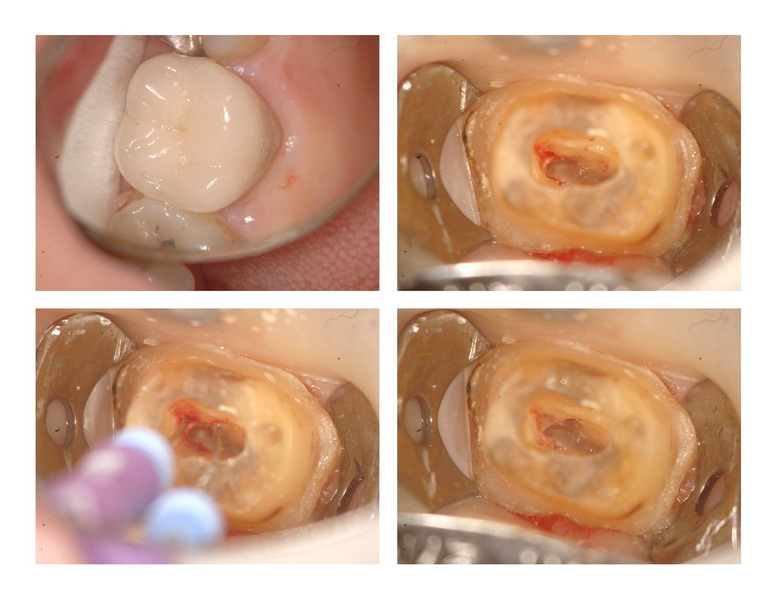
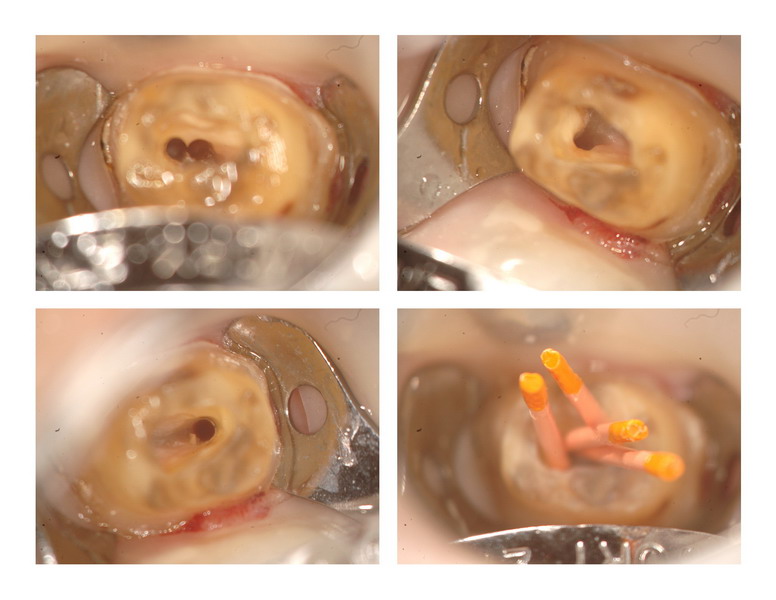
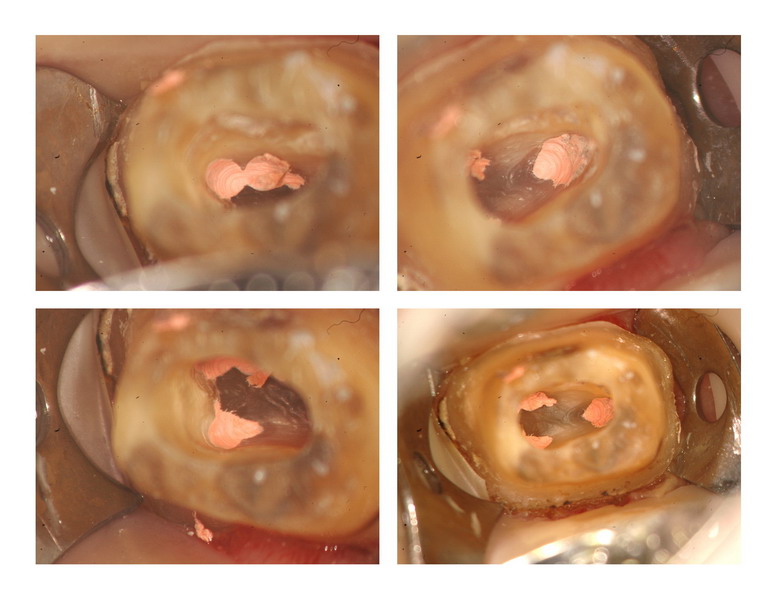
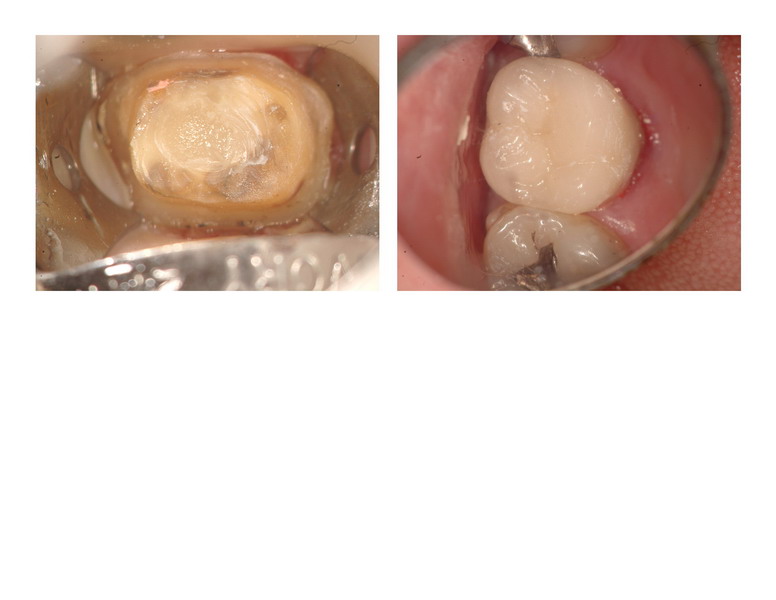
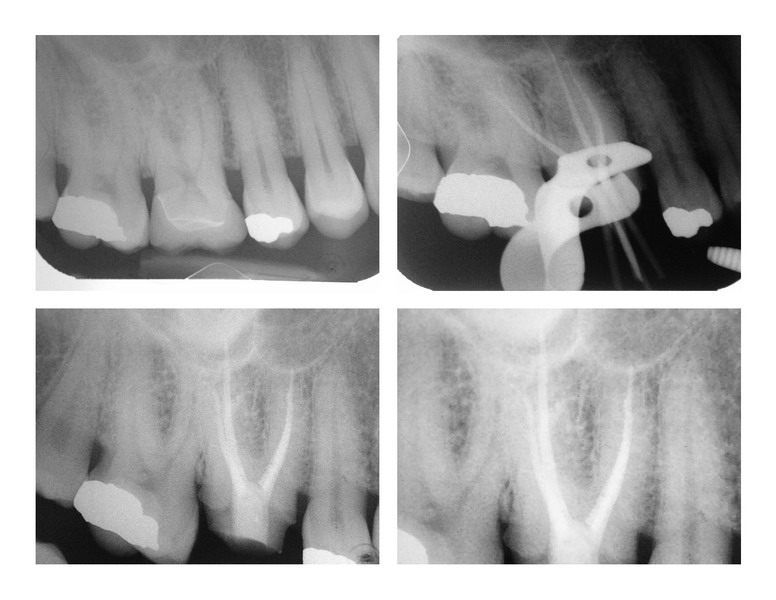
(Edited by Glenn van As at 1:09 am on Dec. 2, 2004)
drkddsSpectatorNIce job, Glenn. Great pics, too. Sorry to miss…err avoid the point here, but how’d you get the crown off so nicely?
Glenn van AsSpectatorHi Doug…..it was on with Tempbond from 3 years ago. Worked out in my case. Patient was quite sensitive after prep which calmed down but acted up again recently.
It was still vital though…interesting case.
Glenn
-
AuthorPosts
